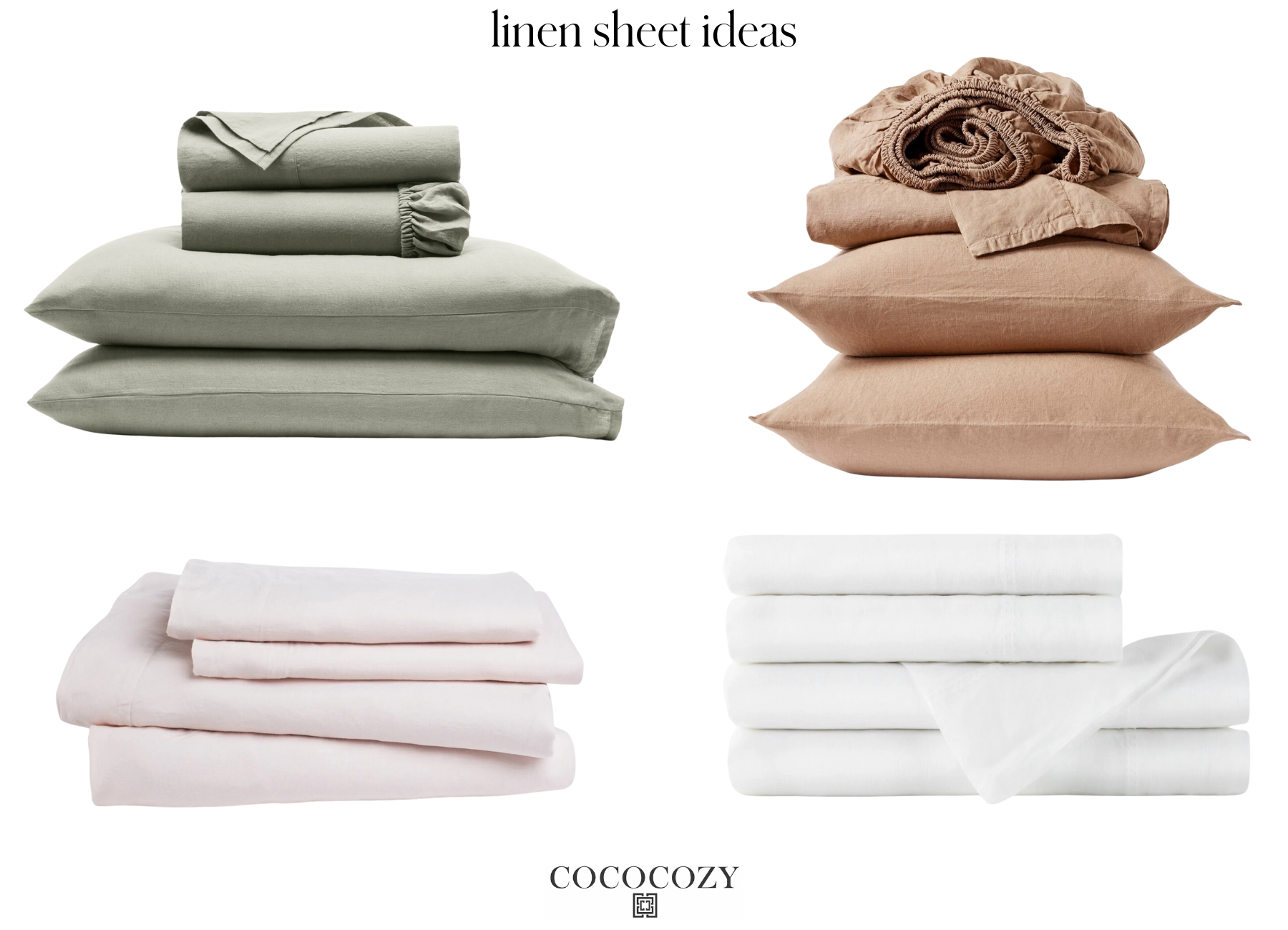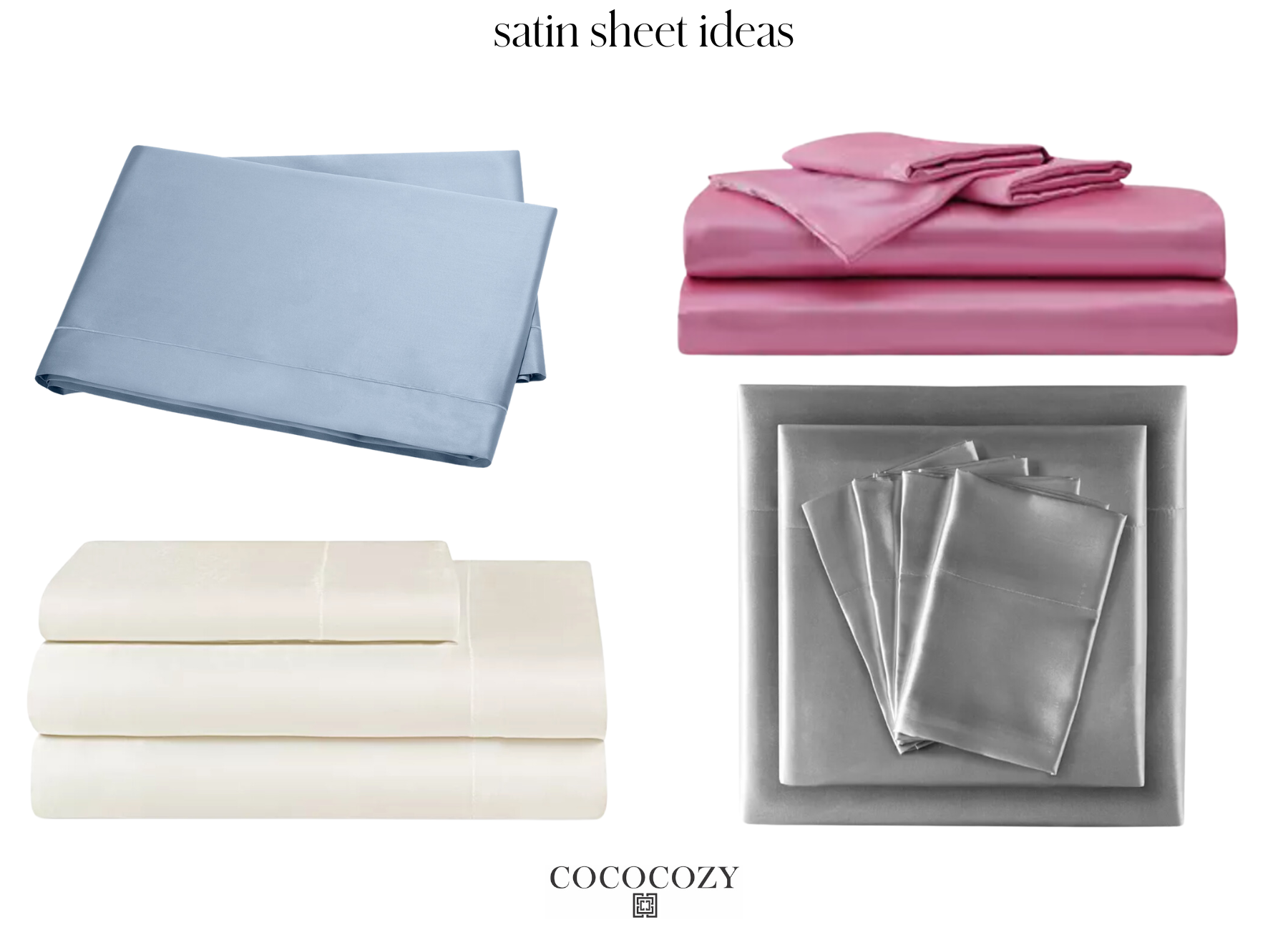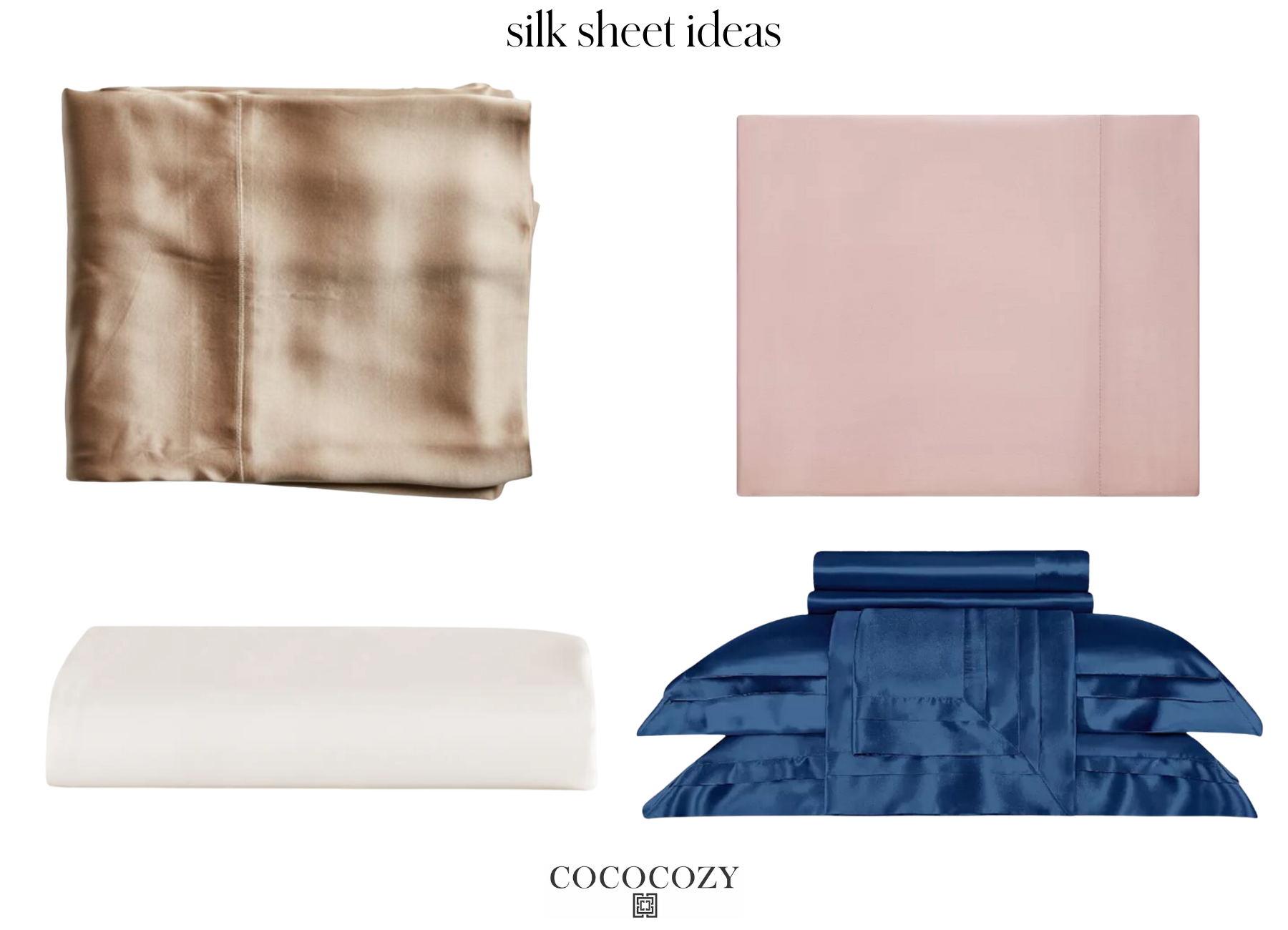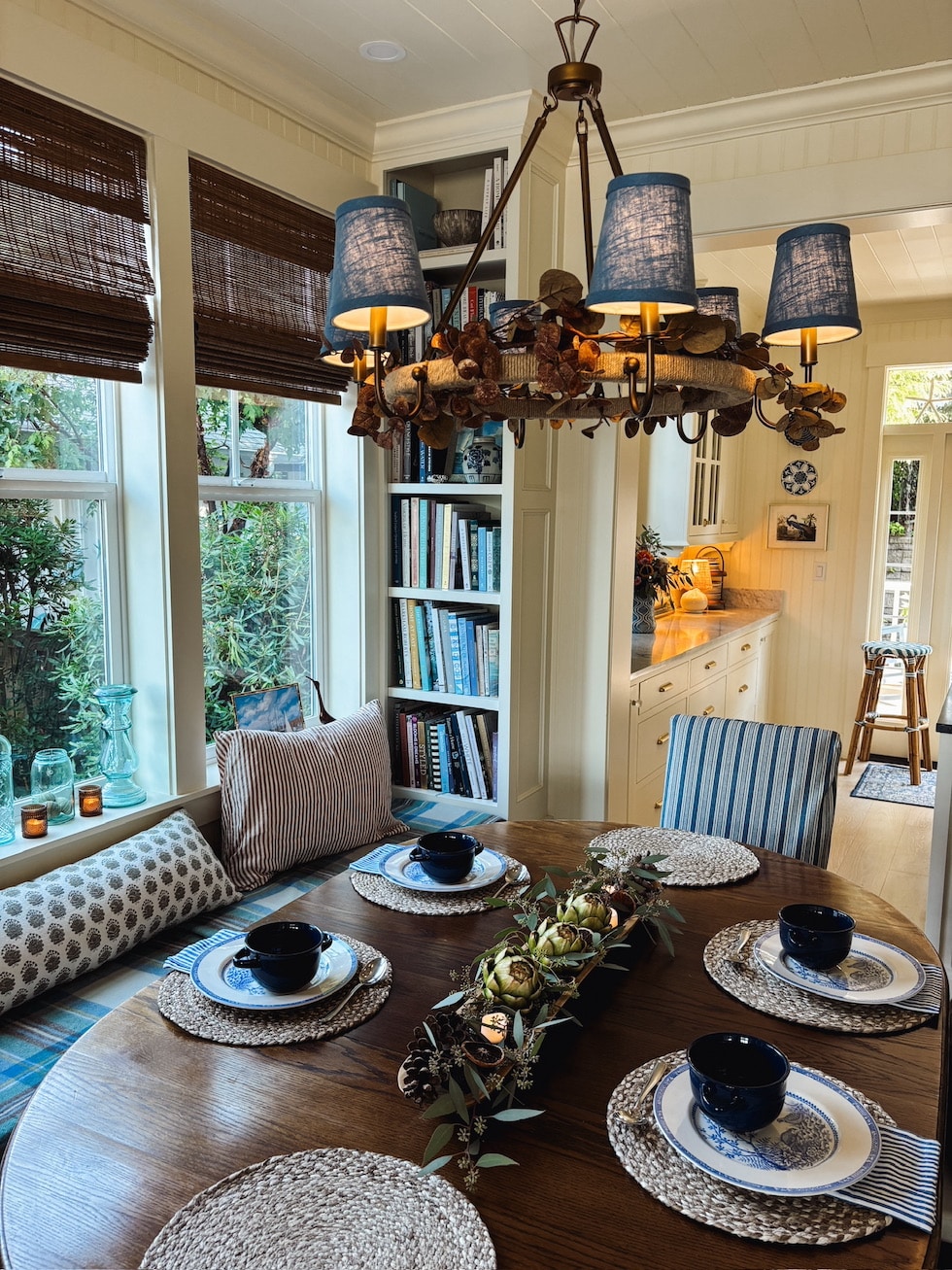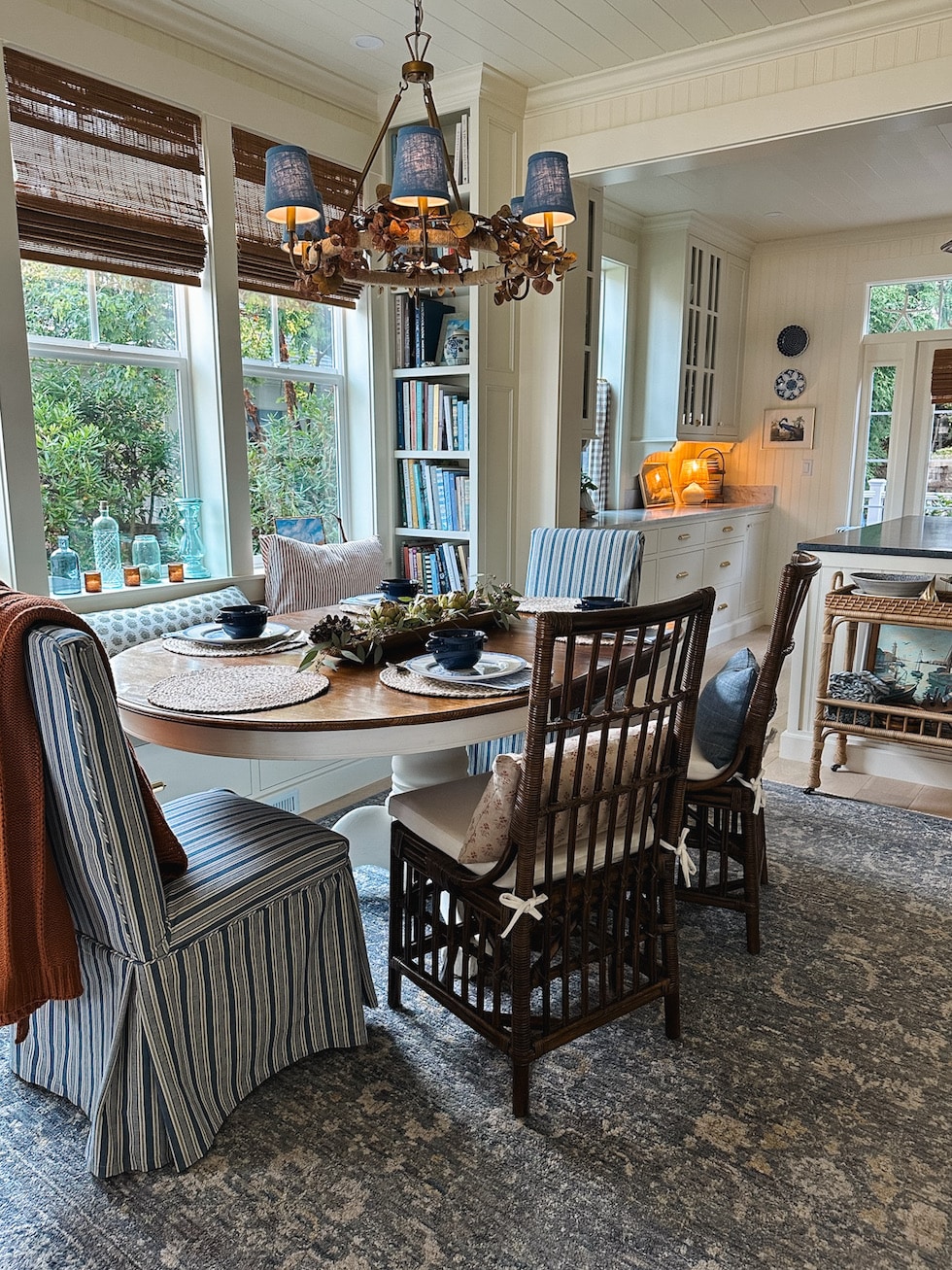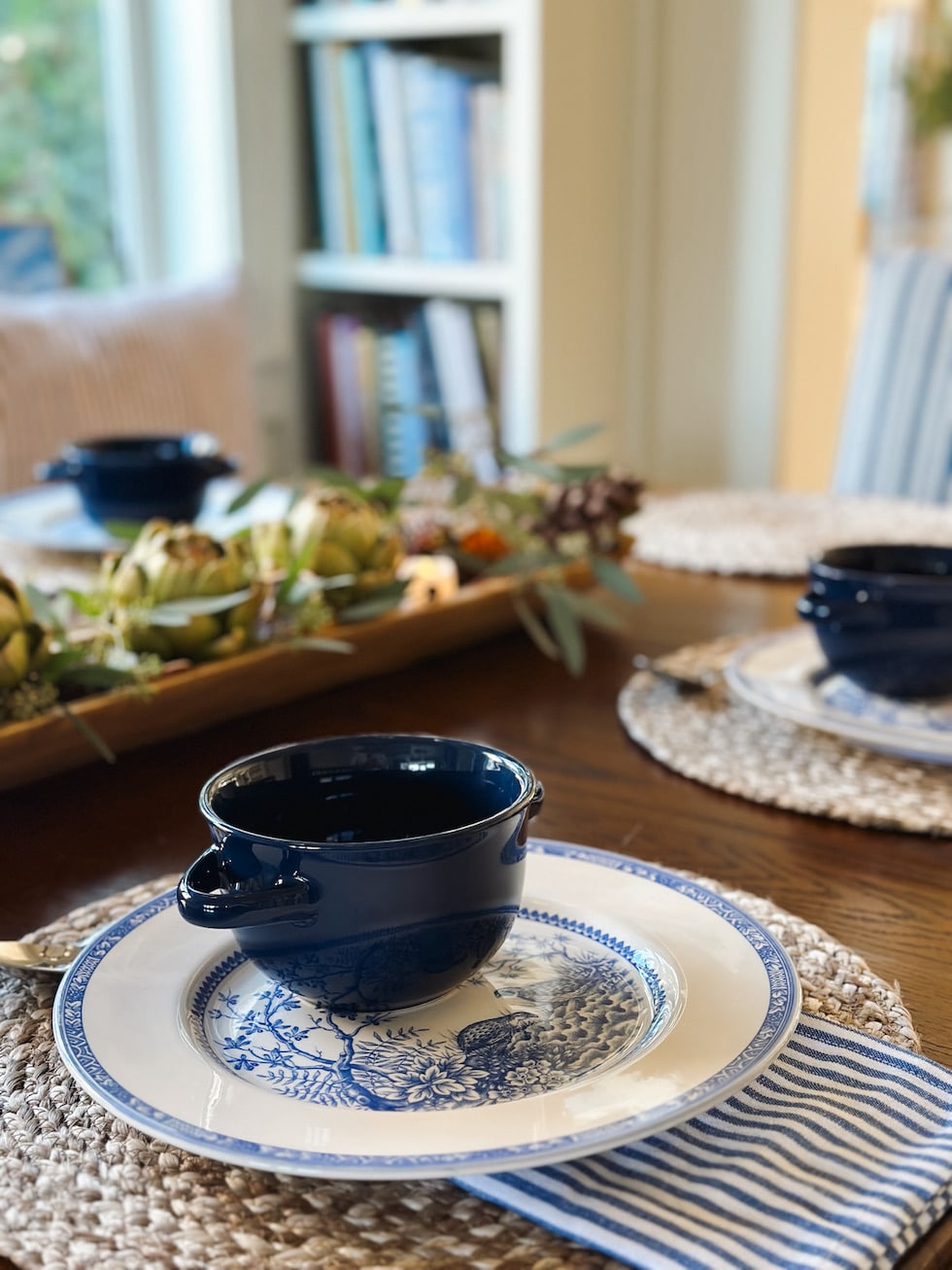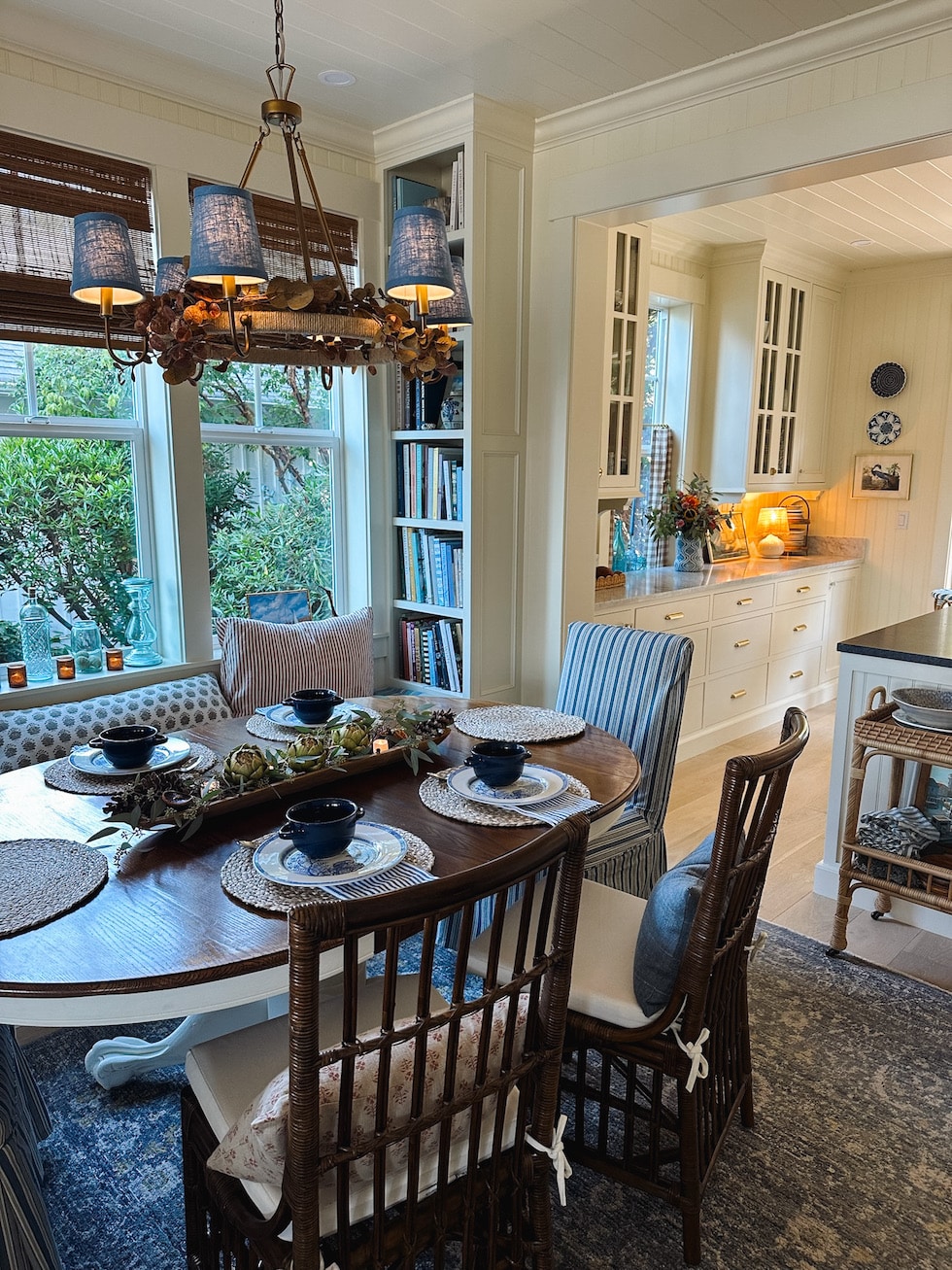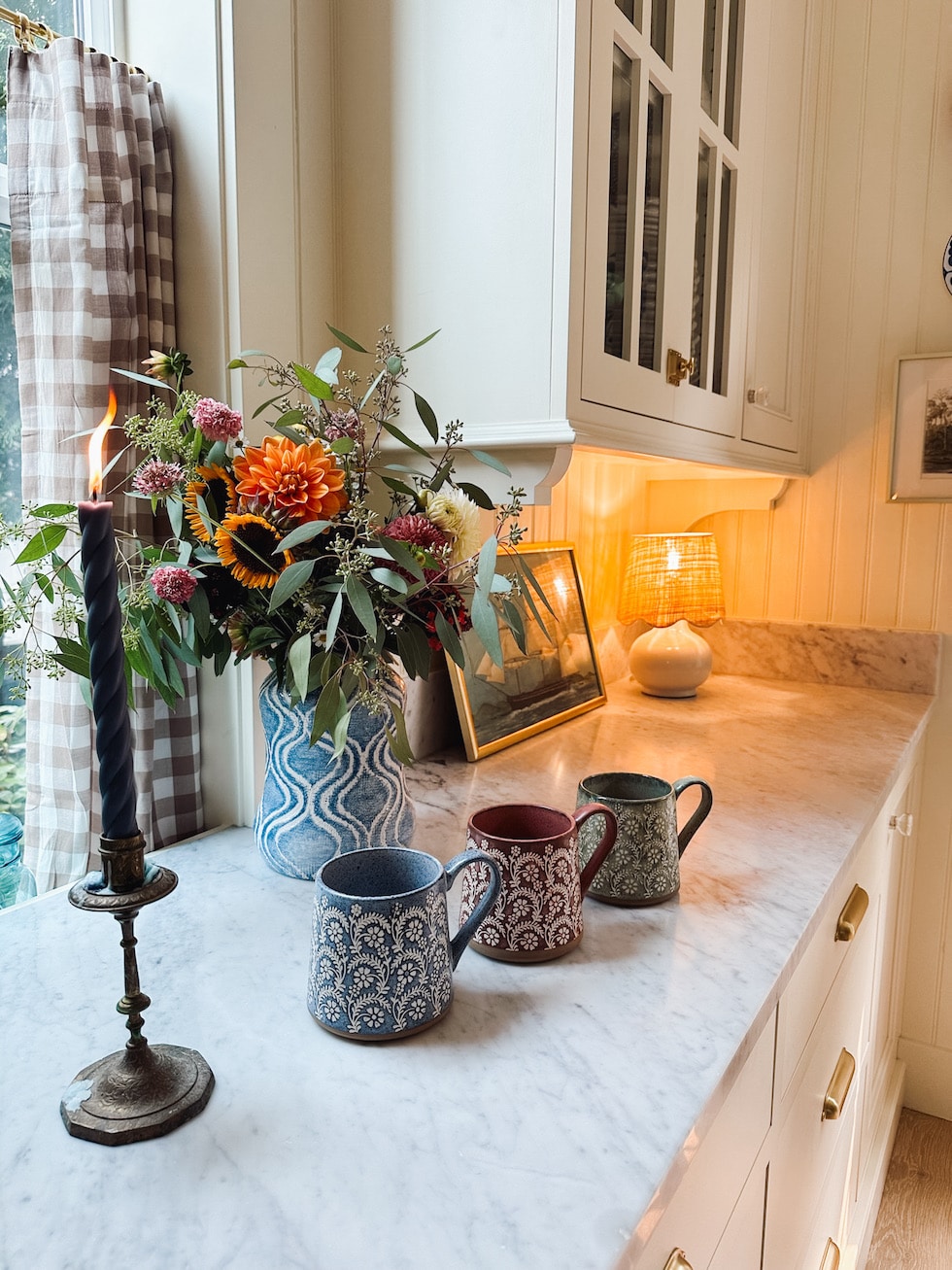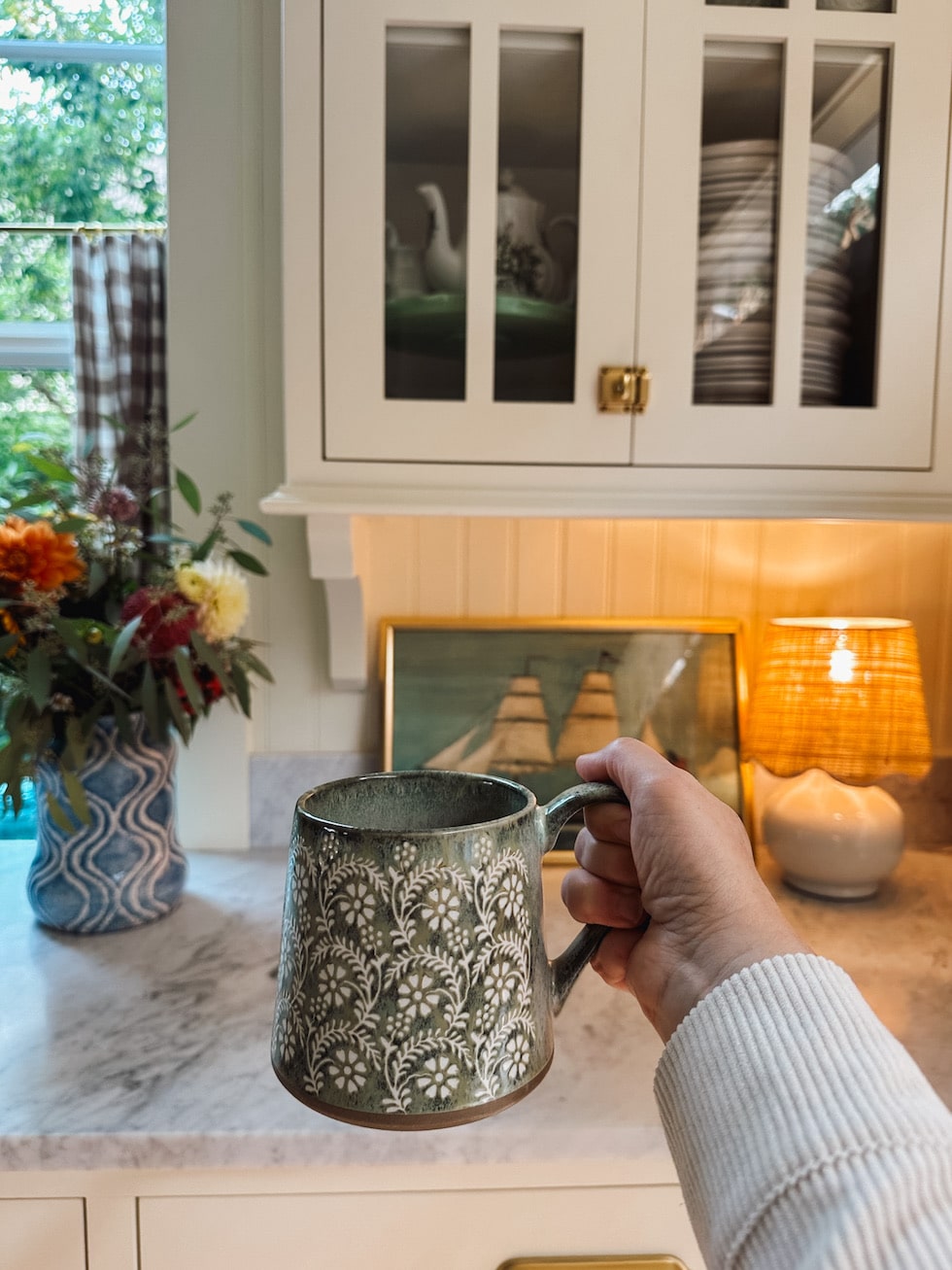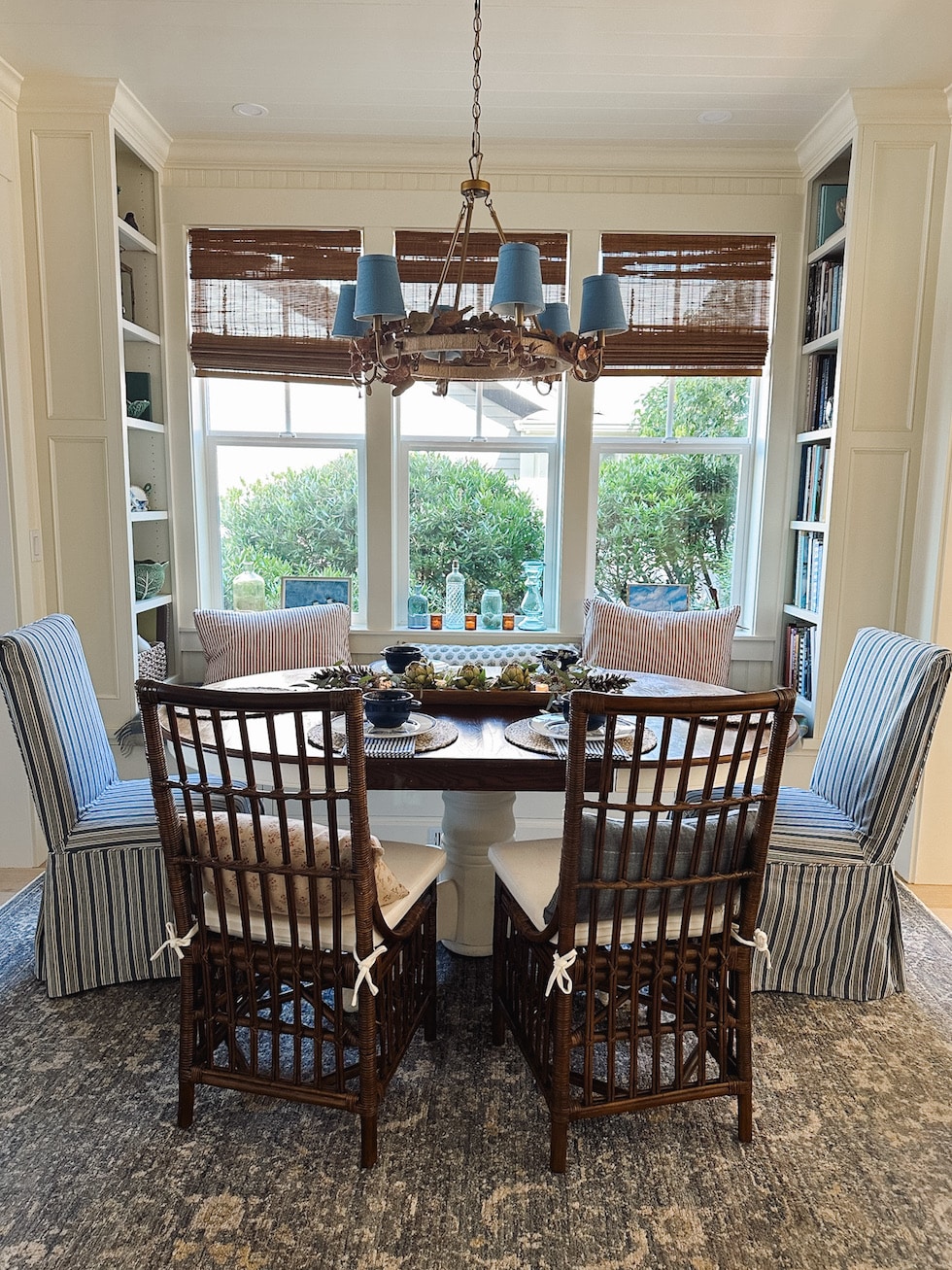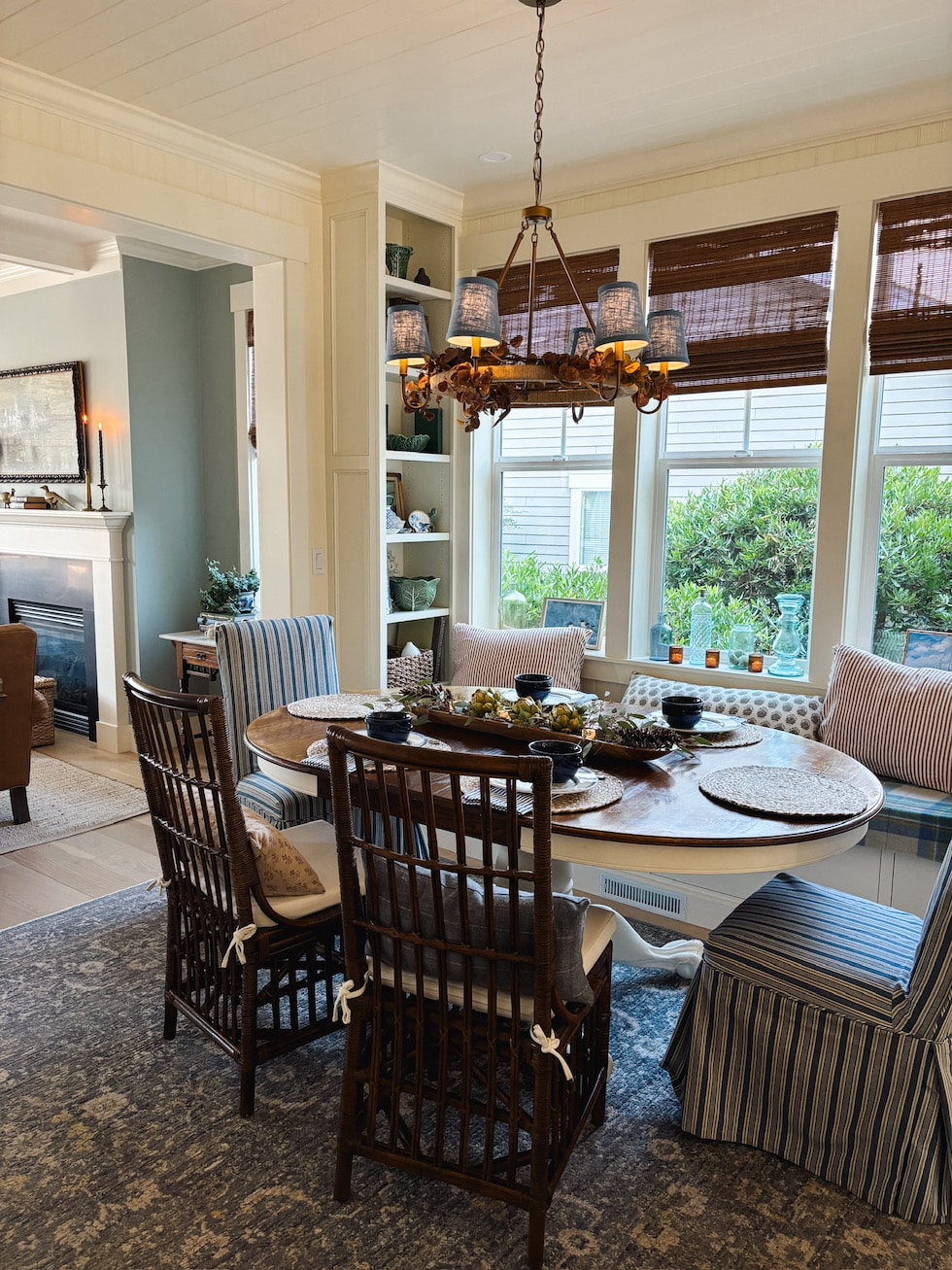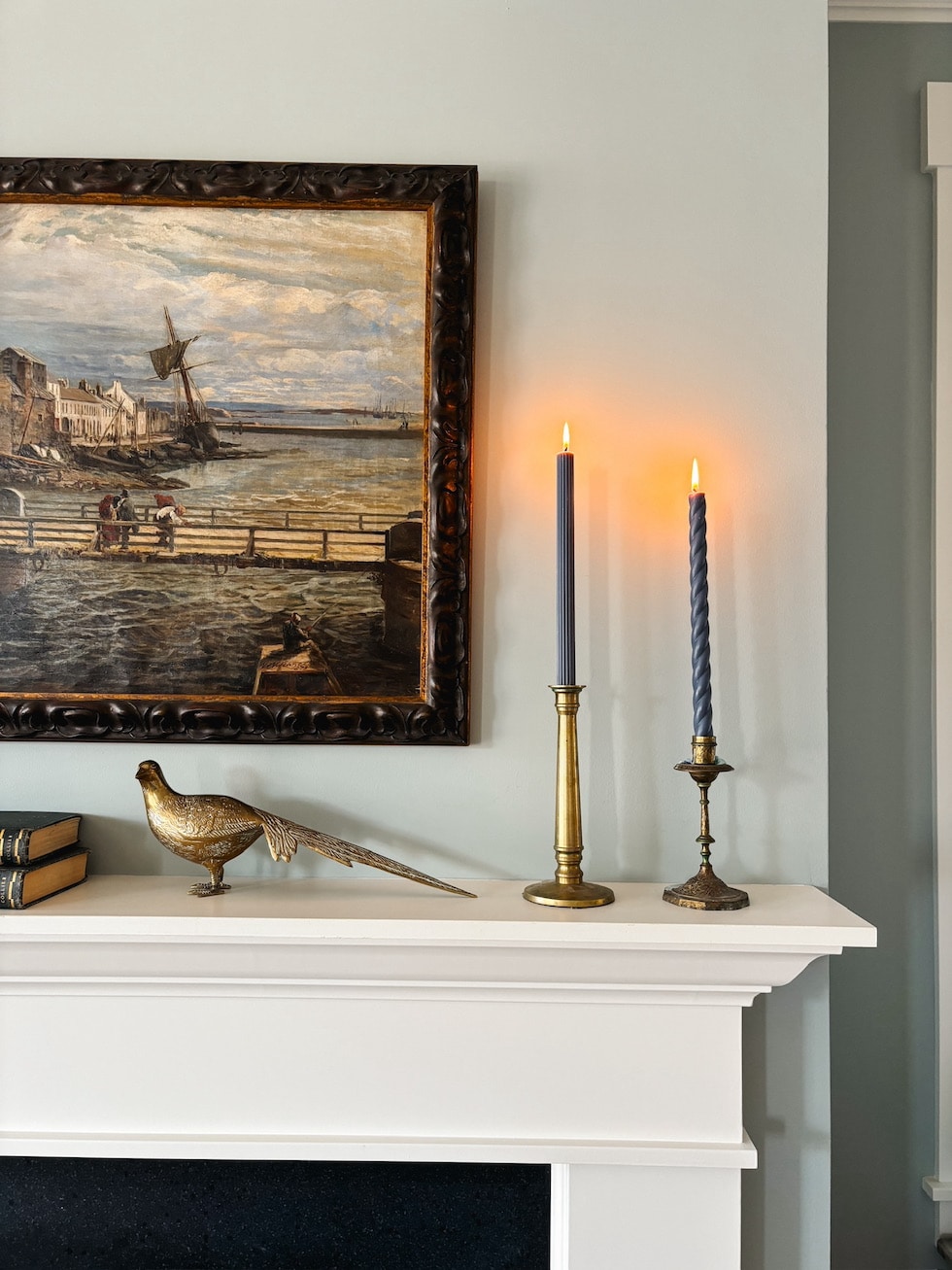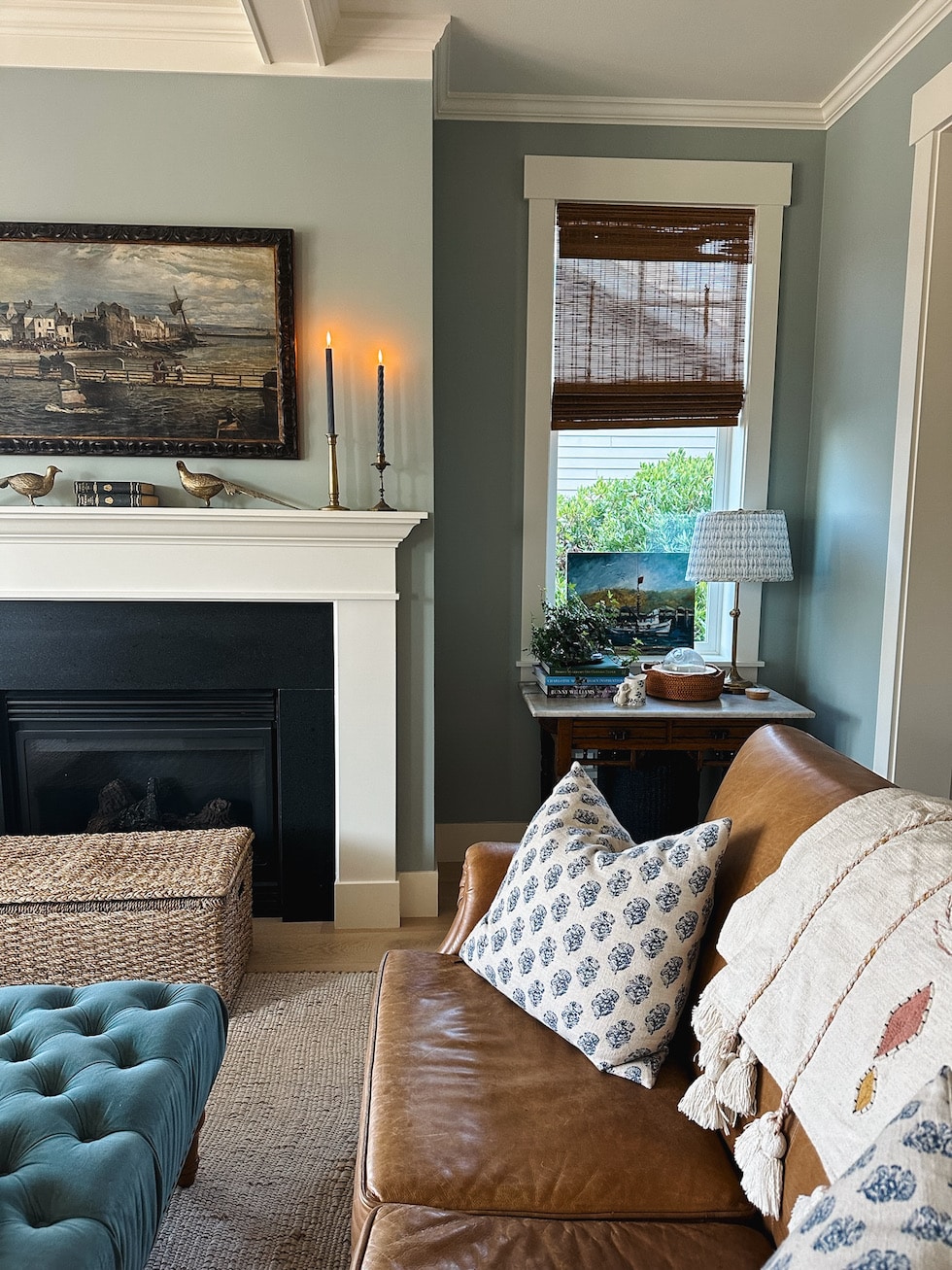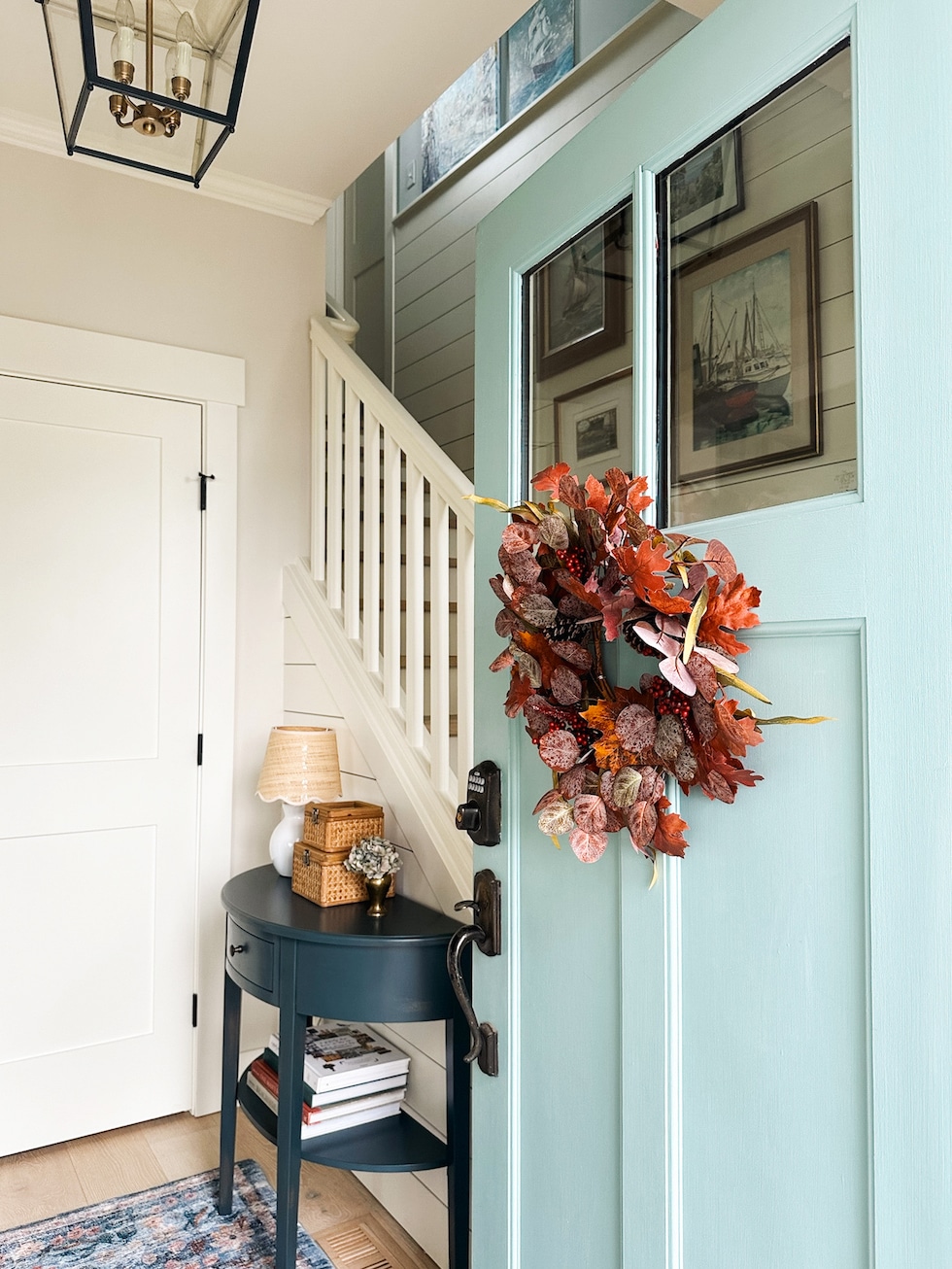Researchers have developed a blood test for amyotrophic lateral sclerosis (ALS) that could lead to more rapid and accurate diagnosis when used alongside standard clinical evaluations.
Investigators said the test can distinguish ALS from other neurologic conditions with similar symptoms and has an overall accuracy of nearly 100%.
“We have developed a unique fingerprint of microRNA taken from a standard blood draw that accurately identifies ALS patients at early stages,” Paul Alan Cox, PhD, executive director of Brain Chemistry Labs in Jackson, Wyoming, told Medscape Medical News. “Hopefully, this new test will speed diagnosis by neurologists so treatment can begin earlier and will reduce the rate of misdiagnosis.”
Cox and colleagues described their work in a paper published online on September 13 in Brain Communications.
Currently, a diagnosis of ALS is based on a thorough clinical examination, but it can take up to a year to arrive at a definitive diagnosis, by which time many patients are apt to have suffered significant deterioration in symptoms. And rates of misdiagnosis may be as high as 68%, further complicating timely and accurate treatment, investigators noted.
Blood-based diagnostic biomarkers for ALS are “essential” for reducing diagnostic delays and improving disease outcomes, as well as for therapeutic drug development, they added.
In a series of experiments, the research team identified a unique diagnostic signature in blood samples from patients with ALS made up of eight distinct microRNA sequences. These markers are associated with neuron survival, brain inflammation, memory, and learning.
This blood signature can distinguish patients with ALS from healthy controls and patients with two other neurologic conditions that can mimic ALS (primary lateral sclerosis and Parkinson’s disease) — with an overall accuracy of up to 98%, they reported.
The researchers envision this blood biomarker test as a “quick secondary measure” of disease diagnosis following a neurologist’s clinical evaluation.
They said the “enhanced diagnostic confidence” provided by the test would enable neurologists to diagnose patients with ALS at an earlier stage of disease, providing an opportunity for earlier use of disease-modifying ALS drugs.
Brain Chemistry Labs, a not-for-profit research institute, has applied for a patent on the use of this biomarker. As a not-for-profit organization, Cox said they are in discussions with commercial diagnostic firms to make this test available after US Food and Drug Administration approval.
“In the best case, developing and marketing the test will require approximately 18 months after we select a commercial partner,” Cox said.
Commenting on this research for Medscape Medical News, Stephen Scelsa, MD, director of the ALS Center, Mount Sinai-Union Square, New York City, said this test could be a “breakthrough.”
“With ALS, we diagnose and start treatment too late. The average time from symptom onset to diagnosis is 11 months in the US and Europe. By the time we start treating patients, it’s less likely that these treatments that have very modest effects are going to help, so to be able to diagnose early is very important,” said Scelsa.
“The test could give the general neurologist or even the internist some confirmatory information early on, reducing delays in referral to a specialist and starting treatment,” he added.
The study had no commercial funding. Cox and Scelsa had no relevant conflicts of interest.












